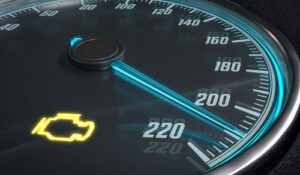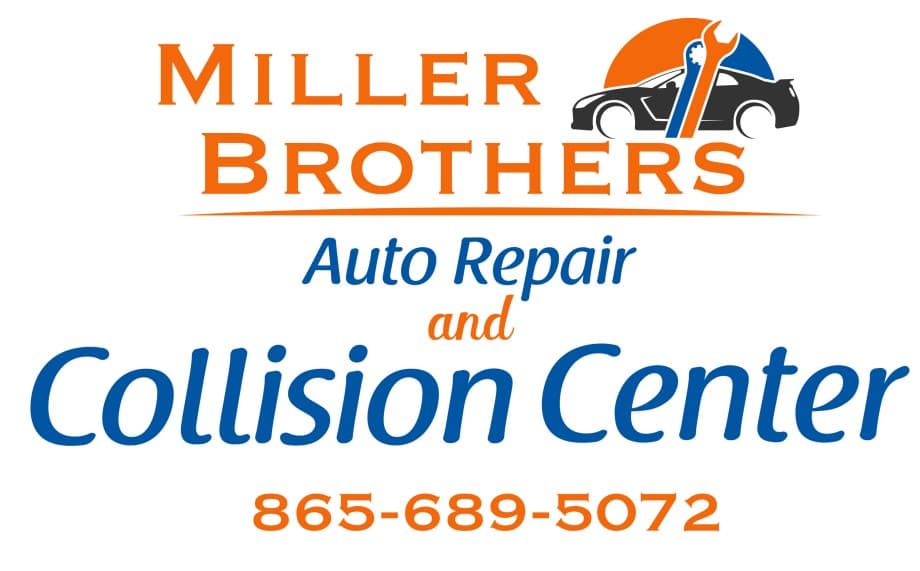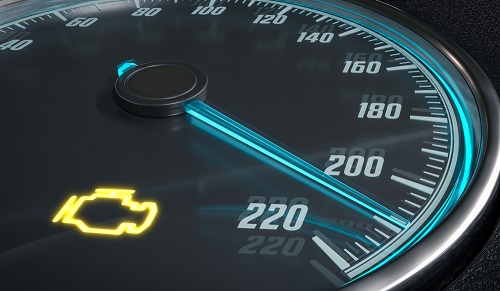Miller Brothers Auto Body Shop works with ALL insurance companies, including Geico
 When you see your car’s check engine light come on, it can be difficult to predict what awaits beneath the hood. It could just be a minor fix with no costly ramifications – or far more serious damage done. No matter the severity of the situation, however, one thing is for certain: Your next visit will likely need to take place at your local car dealer in order to get back behind the wheel worry free!
When you see your car’s check engine light come on, it can be difficult to predict what awaits beneath the hood. It could just be a minor fix with no costly ramifications – or far more serious damage done. No matter the severity of the situation, however, one thing is for certain: Your next visit will likely need to take place at your local car dealer in order to get back behind the wheel worry free!
Despite being known as the check engine light, vehicles equipped with modern OBD-II systems are outfitted with a malfunction indicator lamp (MIL), warning motorists of malfunctions in their car’s system. This protocol was officially standardized by automakers for 1996 model year cars and above; prior to that point, manufactured had autonomous diagnostic platforms designed primarily to guarantee EPA compliance. All contemporary automobiles come included with a uniform connector located beneath the steering column which provides access to these respective codes – simplifying previously complicated processes.
Did you know that your car’s check engine light is not just a single color? Manufacturer details determine whether it shines in amber, yellow or orange. A flashing warning can be especially concerning; it usually means the underlying issue – such as an uncontrolled misfire – has reached critical levels and may ultimately lead to overheated catalytic converters. While these devices assist with decreasing pollution from our exhausts, they must remain properly functioning to avoid presenting fire hazard risks.
Decipher the code
While the service required or maintenance warning light on your vehicle’s dash may initially appear concerning, it does not necessarily indicate an issue with your car. Rather, this is simply a reminder to take care of regular car maintenance items such as oil changes and tire rotations. In order to gain deeper insight into any flaws within the system that might be indicated by a check engine light – which can vary from minor issues like loose gas caps to more serious concerns – do-it-yourselfers have some options available at their disposal!
From inexpensive code readers found in auto parts stores or online paired with websites such as Engine Light Help for code meanings, all the way up through downloading apps onto one’s smartphone that will allow access directly into onboard diagnostics (OBD) port displays; staying informed just became much simpler. And if you’re still unsure of what steps should come next after obtaining these codes? Don’t hesitate to drop off your ride at your local auto mechanic—they’ll be able to diagnose potential problems quickly and easily.
How to turn off the check engine light
Keeping the check engine light off requires more than a helpful code reader. To truly address what’s causing the issue, take proactive steps and solve it for good! Failing to do so may only leave you with temporary relief before that pesky warning reappears soon after.
Despite being mechanically inclined, our colleague encountered a very unique issue when it came to diagnosing his wife’s car. After using a code reader which picked up an error related to the cam angle sensor, he was looking into purchasing and replacing said part himself — however, this would have been fruitless due diligence as what had actually caused the problem were some pesky mice who’d managed their way under the hood! Bring your vehicle to a reputable auto shop.
Call Miller Brothers Transmission Auto Repair and Body Shop now if you want the help of an expert auto mechanic.
Like our Facebook page for more great info about auto services.
Miller Brothers Auto Repair and Collision Center
7123 Tazewell Pike
Corryton, TN 37721
(865) 689-5072
https://www.millerbrosautorepair.com/
Serving Knoxville, TN and Knox County
Service areas include: All of Knox County, Corryton, Fountain City, Halls Crossroads, Powell and Knoxville



